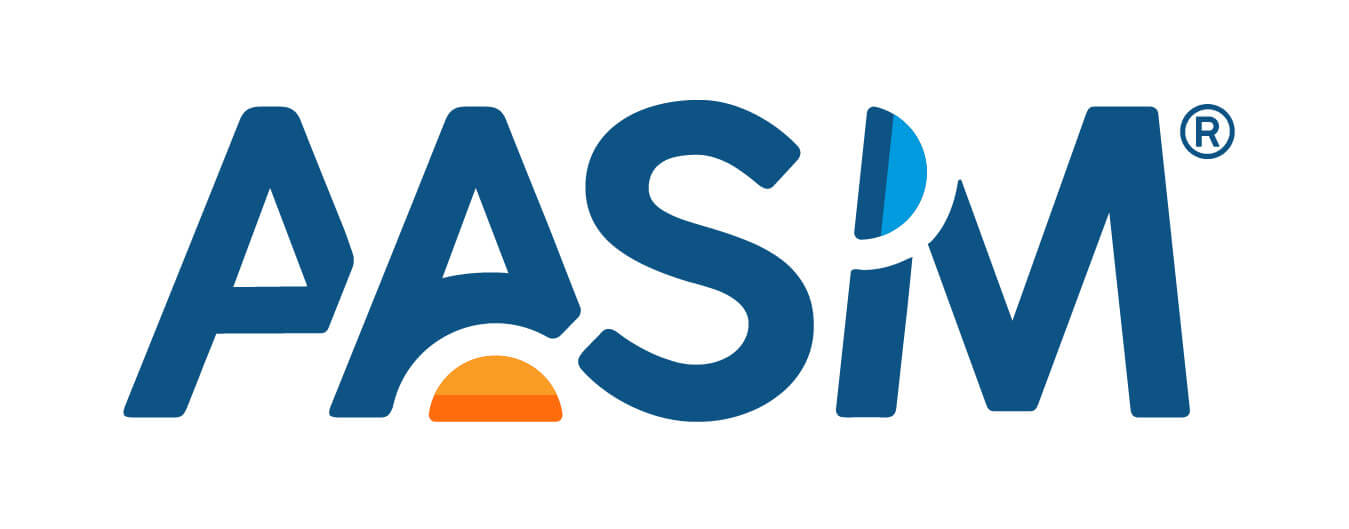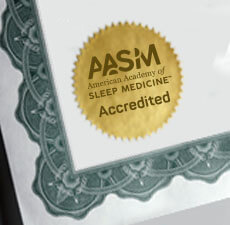Westchester, Ill. –A study in the Aug. 15 issue of the Journal of Clinical Sleep Medicine shows that adults with Down syndrome also frequently suffer from obstructive sleep apnea (OSA). However, complications of untreated OSA such as cardiovascular disease, daytime sleepiness and impaired cognitive functioning overlap with the manifestations of Down syndrome; therefore, OSA may not be detected.
Results indicate that 94 percent of subjects with Down syndrome had OSA; 88 percent had at least moderate OSA with an apnea-hypopnea index (AHI) of more than 15 breathing pauses per hour of sleep; and 69 percent had severe OSA with an AHI of more than 30. Twelve of the 16 subjects with Down syndrome were obese, and there was a significant correlation between body mass index (BMI) and AHI. Total sleep time in subjects with Down syndrome (307 minutes) was more than an hour less than in controls (380 minutes). Despite the severity of OSA in the study group, medical evaluation had been sought in only one case.
According to senior author Carole Marcus, M.B.B.Ch., professor of pediatrics at the University of Pennsylvania and director of the Children’s Hospital of Philadelphia Sleep Center, it is well known that children with Down syndrome are at risk for OSA, with a prevalence of 30 to 55 percent, and adults with Down syndrome have even more predisposing factors for OSA than children, as they still have the craniofacial anomalies and are more likely to be obese or hypothyroid.
“Patients with Down syndrome have a great deal of risk factors for OSA (based on their narrow midface, large tongue, floppy muscle tone, tendency towards being overweight, and thyroid disease),” said Marcus. “However, the fact that almost all of the subjects studied had OSA was a much higher prevalence than we expected. It was surprising how severe the illness was, and how the OSA was unsuspected by their caregivers.”
The cohort study included information from 16 adults with Down syndrome who underwent evaluation for sleep disordered breathing. Subjects were recruited from the local association of Retarded Citizens (ARC), Parents of Down Syndrome (PODS) group meetings and the Kennedy Krieger Down Syndrome Clinic. Eight subjects were recruited from the clinic while the other eight responded to fliers and letters. Participants ranged between 19 and 56 years of age with a median age of 33. Half of the subjects were female (four of whom were postmenopausal); 15 were Caucasian, and one was Asian.
Polysomnographic results were matched and compared to a retrospective control sample of 48 adult patients who underwent standard diagnostic nocturnal polysomnography at the John Hopkins University adult Sleep Center for evaluation of suspected OSA. Controls had less severe sleep apnea with a median AHI of 16; 54 percent had an AHI of more than15; 38 percent had an AHI of more than 30.
The authors suggest that obesity, a common and potentially treatable problem in Down syndrome, appears to play an important role in the pathophysiology of OSA in this population.
According to the American Academy of Sleep Medicine, OSA is a sleep-related breathing disorder that involves a decrease or complete halt in airflow despite an ongoing effort to breathe. It occurs when the muscles relax during sleep, causing soft tissue in the back of the throat to collapse and block the upper airway. This leads to partial reductions (hypopneas) and complete pauses (apneas) in breathing that can produce abrupt reductions in blood oxygen saturation. Most people with OSA snore loudly and frequently, and they often experience excessive daytime sleepiness.
The Journal of Clinical Sleep Medicine (JCSM) contains published papers related to the clinical practice of sleep medicine, including original manuscripts such as clinical trials, clinical reviews, clinical commentary and debate, medical economic/practice perspectives, case series and novel/interesting case reports. In addition, the JCSM publishes proceedings from conferences, workshops and symposia sponsored by the American Academy of Sleep Medicine or other organizations related to improving the practice of sleep medicine
AASM is a professional membership organization dedicated to the advancement of sleep medicine and sleep-related research. As the national accrediting body for sleep disorders centers and laboratories for sleep related breathing disorders, the AASM promotes the highest standards of patient care. The organization serves its members and advances the field of sleep health care by setting the clinical standards for the field of sleep medicine, advocating for recognition, diagnosis and treatment of sleep disorders, educating professionals dedicated to providing optimal sleep health care and fostering the development and application of scientific knowledge.








